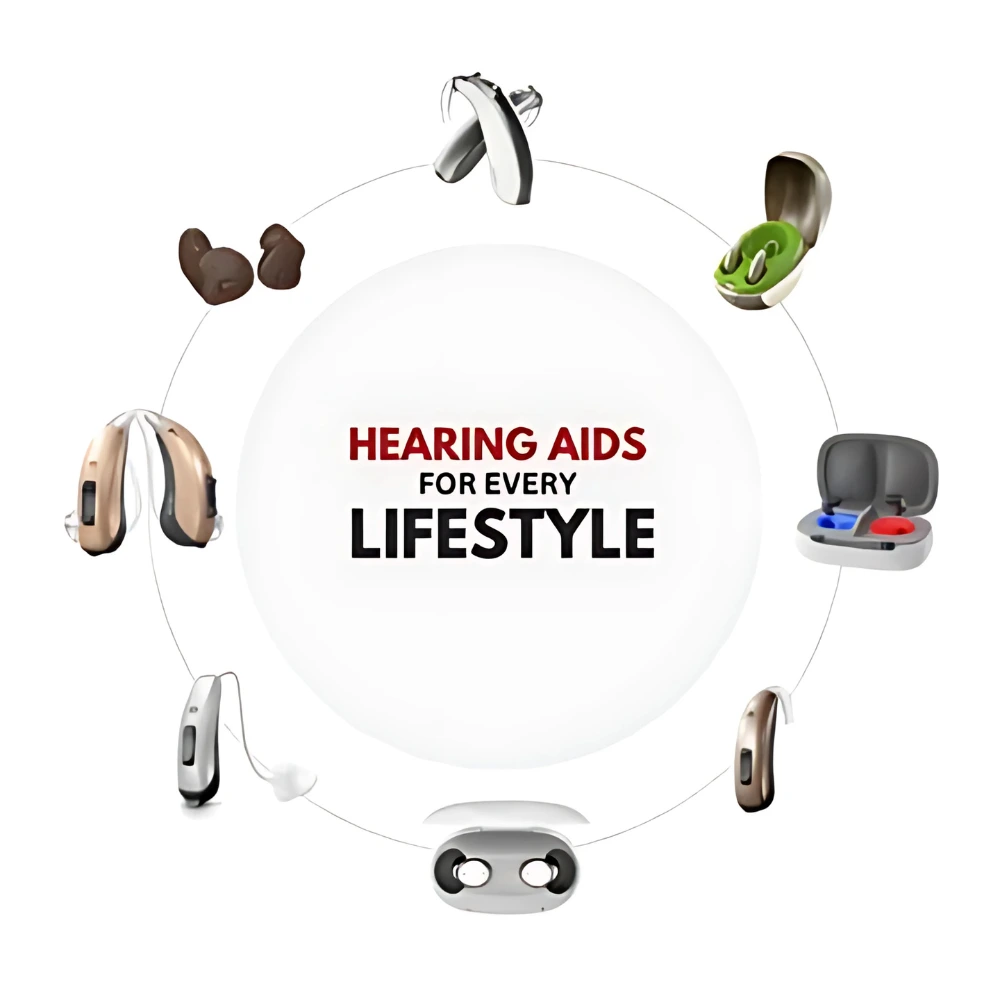Home » Hearing Aids » Hearing Aids For Children
Hearing Aids for Children: Empowering Little Ears with Big Sound
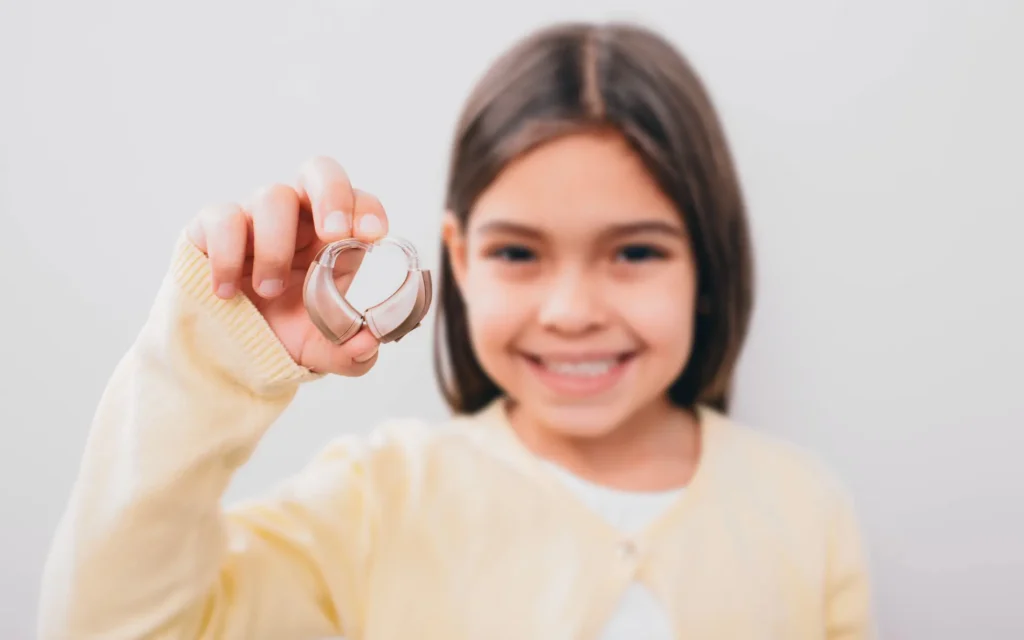
How Do Hearing Aids Benefit Children?
- Language & Speech Development: With amplified sound, children can more easily hear phonetic patterns and build their vocabulary faster.
- Improved Social Skills: Hearing helps them engage with peers, teachers, and family.
- Better Academic Performance: Understanding instructions in a classroom becomes easier, helping them keep up with learning.
- Increased Confidence: When they can hear clearly, children feel more included and less frustrated in social settings.
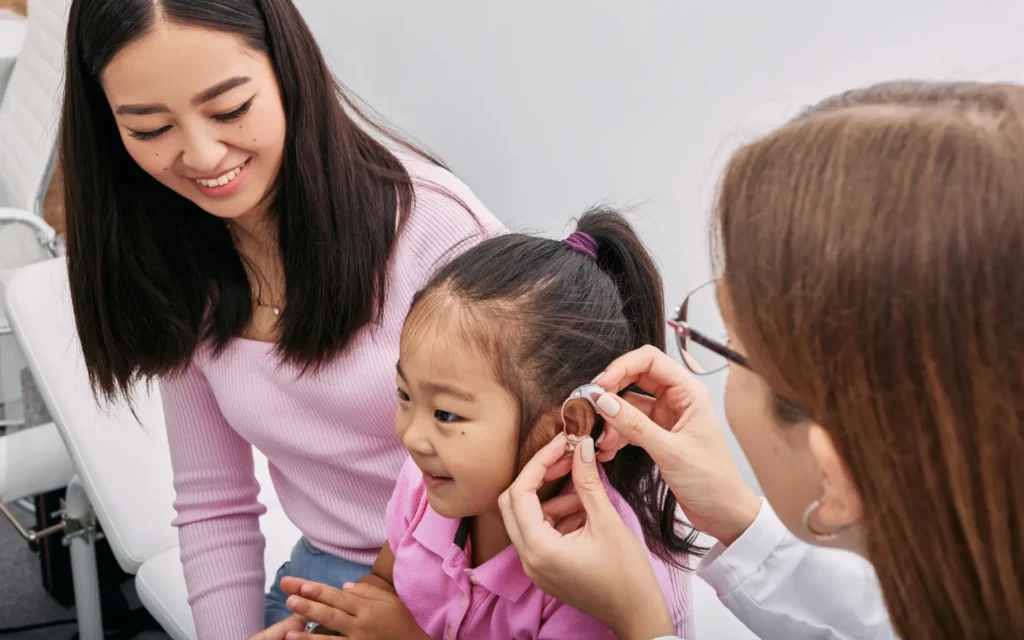
Types of Hearing Aids for Children
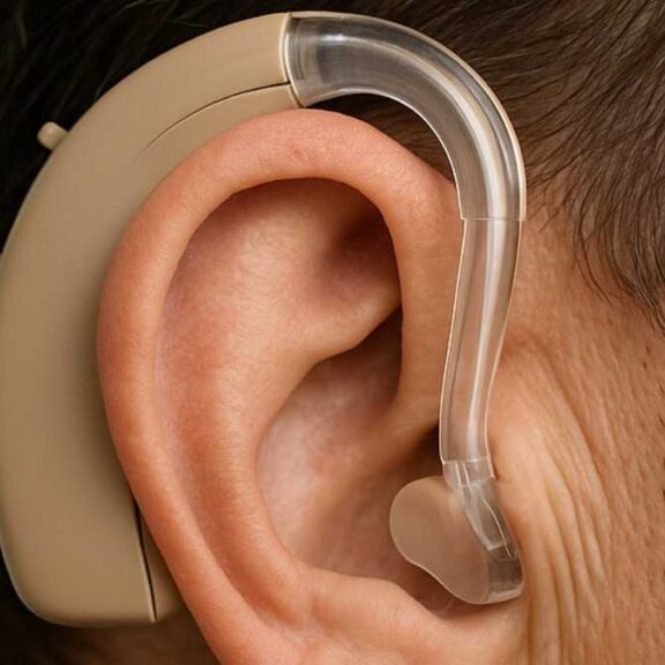

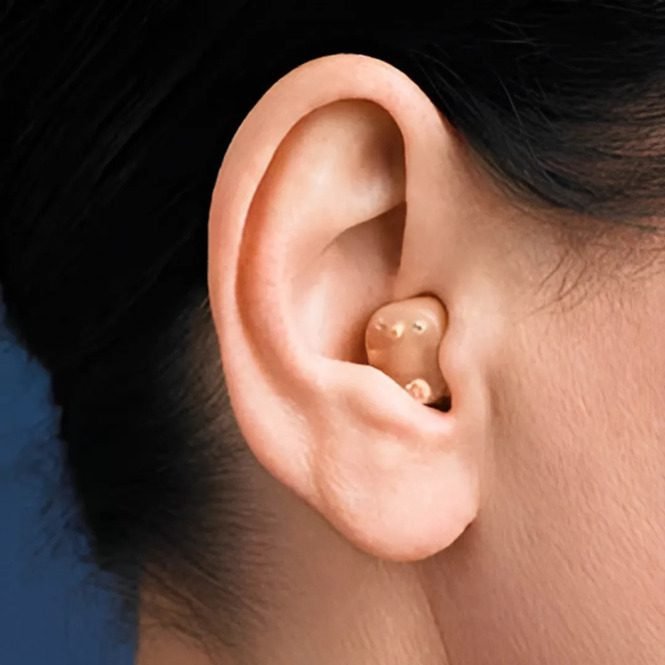
How to Choose the Right Hearing Aid for Your Child
- Age-Appropriate Design: For infants and toddlers, durability and safety are key. Infant hearing aids typically feature tamper-proof battery doors and moisture resistance.
- Ease of Use: Devices should be easy to handle for both parents and older kids.
- Technology Features: Look for features like Bluetooth connectivity, directional microphones, or noise reduction.
- Growth-Friendly Fit: Since children grow quickly, flexible options like custom earmolds that can be replaced are ideal.
- Budget & Insurance: While the pediatric hearing aid cost varies, many clinics offer payment plans or insurance coverage. Some government programs also help subsidise the cost.
Fitting and Adjustment for Children’s Hearing Aids
- Initial Fit & Programming: The audiologist adjusts the settings based on your child’s hearing loss profile.
- EaMouldsds: Custom-mamouldslds help ensure a snug, feedback-free fit.
- Testing & Real-Ear Measurements: This checks if the hearing aid delivers the right amplification.
- Follow-Up Visits: Children grow fast, and their hearing needs may evolve. Frequent follow-ups help keep the settings accurate.
Common Challenges & Solutions
- Solution: Start slow. Let them wear it for short durations, then gradually increase the time. Use positive reinforcement.
- Solution: It’s usually due to an outgrown mould. Replacing it solves the issue.
- Solution: Use pediatric hearing aid accessories like soft headbands or clips for better security.
- Solution: Pair hearing aids with speech therapy and regular monitoring.
Parental Tips for Supporting Kids with Hearing Aids
- Stay Involved: Attend all follow-up appointments and ask questions.
- Keep Devices Clean: Wipe down the device daily and store it in a dry, child-safe place.
- Make it Fun: Decorate hearing aids with fun stickers or colourful moulds so your child enjoys wearing them.
- Stay Connected with Educators: Inform teachers and school staff about your child's needs.
- Watch for Signs: If your child stops responding or seems frustrated, the hearing aid may need adjustment.
Get Expert Help for Your Child’s Hearing Needs
- Book your child’s hearing test
- Understand your insurance options
- Compare devices, including infant hearing aids and invisible hearing aids for children.
- Access free counselling and device trials
FAQs
At what age can a child use a hearing aid?
Infants as young as 1 month old can be fitted with hearing aids. Early intervention, especially before six months, greatly enhances language development.
Are hearing aids safe for toddlers?
Yes, hearing aids for children are designed with safety in mind. Toddler-friendly models are tamper-proof, moisture-resistant, and made from hypoallergenic materials.
Do children outgrow their hearing aids?
Children don’t usually “outgrow” the devices themselves, but will need new moulds frequently to match ear growth. Device features may need upgrades over time to meet evolving hearing needs.
How often do kids need new ear moulds?
Infants typically need new moulds every 3 months, toddlers every 6 months, and older kids annually. This ensures comfort, proper fit, and reduced feedback.
Need more information or ready to take the next step? Schedule a free consultation now and let us help your child hear, learn, and thrive.
Request Consultation
